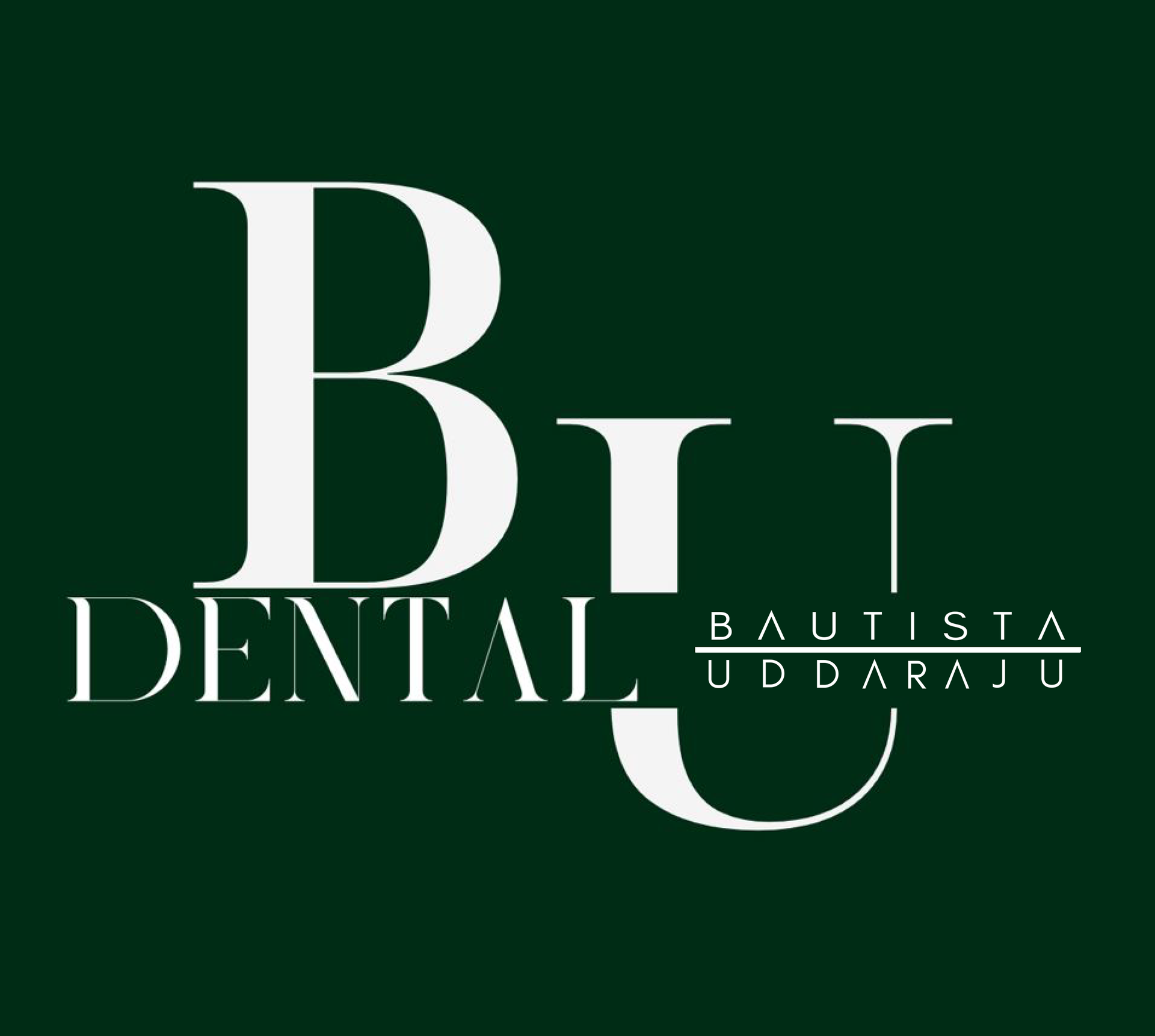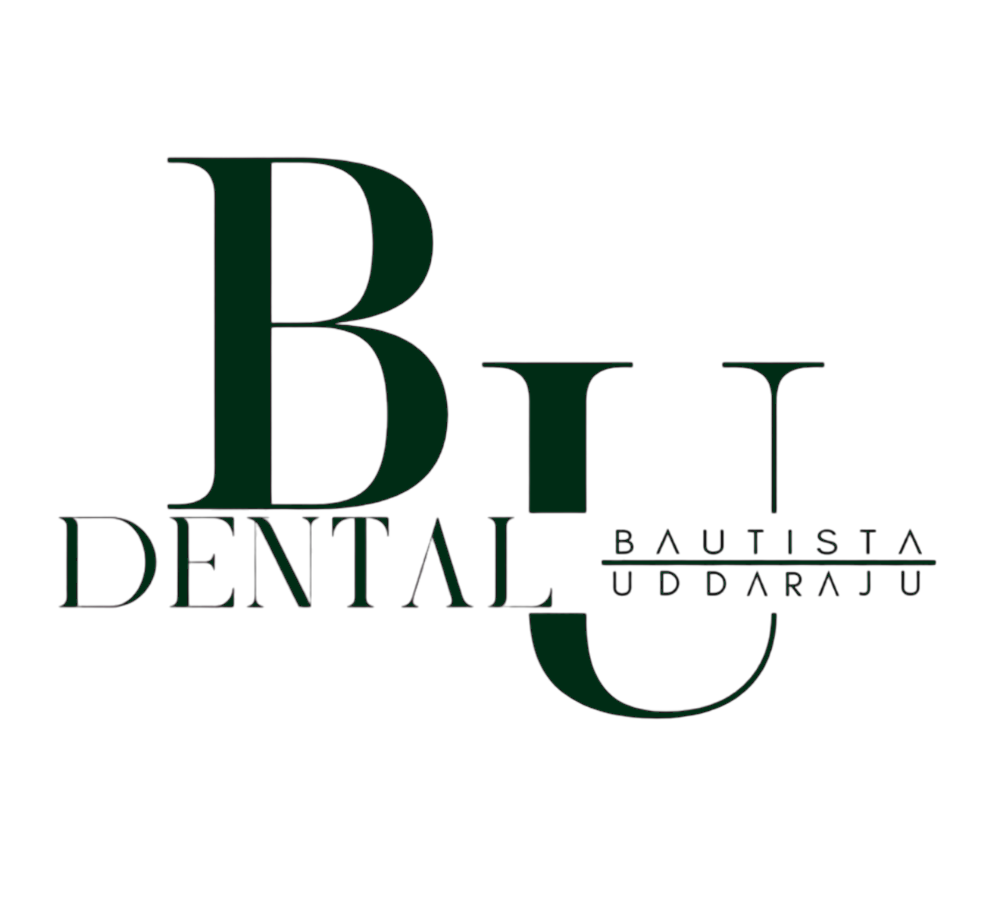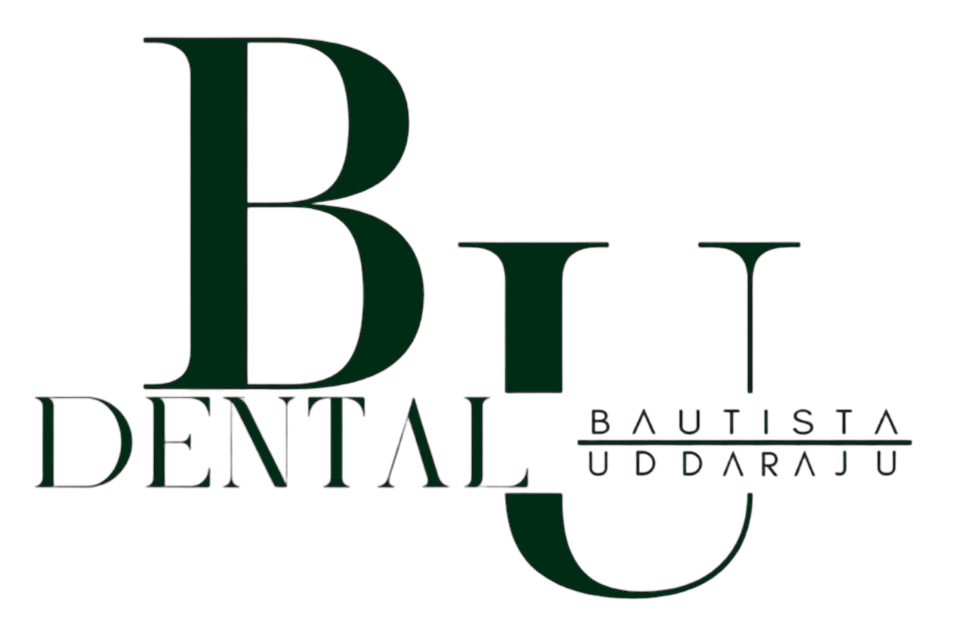WHAT CAUSES GUM DISEASE?
Our mouths harbor millions of bacteria, some helpful and some harmful. These bacteria produce plaque, a sticky substance that sticks to the teeth. Brushing and flossing are aimed at removing plaque before it hardens into tartar, which serves as a breeding ground for more bacteria that release toxins into the gums.
The gums respond to this bacterial invasion with inflammation triggered by the immune system. A small collar of gum tissue surrounds the base of each tooth, forming a pocket where tartar and bacteria can thrive in a warm, dark environment. Initial inflammation can cause bleeding gums, a condition known as gingivitis. If left untreated, bacteria can establish a chronic infection in the periodontal pocket. This can lead to bone loss around the teeth, which may not cause significant discomfort in the early stages.
Over 50% of the bone supporting the teeth can deteriorate before noticeable symptoms of looseness or pain occur. Since the bone around teeth does not regenerate, any loss is permanent and becomes harder to manage as bacteria penetrate deeper into the gums. Without intervention, gum disease can progress to abscesses and widespread tooth loss in severe cases.
DIAGNOSIS
Before making a gum disease diagnosis, we consider various factors. The gum collar around each tooth typically measures 2-3 millimeters in depth, allowing for easy cleaning with floss or toothpicks. Our dentist in Pleasant Hill, CA at BU Dental can use a periodontal probe to measure and chart multiple areas. If measurements exceed 3 millimeters and bleeding occurs, it indicates the presence of periodontal disease, with deeper readings suggesting more advanced stages of the disease. In addition to measurements, we assess the texture, shape, and tooth mobility.
Our Pleasant Hill dentists utilizes the Motic microscope High Magnification 4K Microscope to examine for periodontal disease. Evaluating the bone levels, shape, and density around your teeth through digital x-rays is essential. By analyzing this comprehensive data, we gain a clear understanding of your gum health.
TREATMENT
Once the severity of gum disease has been diagnosed, a personalized treatment plan can be developed. For milder cases with minimal or no bone loss, a couple of visits with our hygiene team may effectively manage the condition. Providing you with a daily home care strategy and a maintenance schedule upon leaving our office may often require minimal additional treatment.
In cases where inflammation has progressed and there is visible bone loss, it is advisable to take a proactive approach to prevent further deterioration. Typically, we recommend numbing the gums gently and performing a thorough cleaning process known as root planing or scaling. This deep cleaning is usually done gradually over several visits, focusing on a specific area of your mouth each time. The aim is to meticulously remove the infected pocket around each tooth, including any hardened tartar, using manual and ultrasonic tools. The treatment is usually completed by polishing the teeth to create smooth surfaces that deter stain and plaque buildup.
Dr. Serah Uddaraju and Dr. Ann-Catherine Bautista and the BU Dental team might propose a medicated mouth rinse, an electric or ultrasonic toothbrush, and other
tailored strategies
to support your home care routine. It's essential to remember that while gum disease can be managed, it cannot be completely cured. Consistent daily efforts are crucial to controlling the disease.
MOUTH-BODY CONNECTION
Research indicates strong connections between bacterial infections in the mouth and health issues in other parts of the body. Various studies have linked oral bacteria to conditions like heart disease, stroke, arthritis, Alzheimer's, and certain cancers. The correlation between oral health and overall well-being is now more comprehensively understood than ever before.


